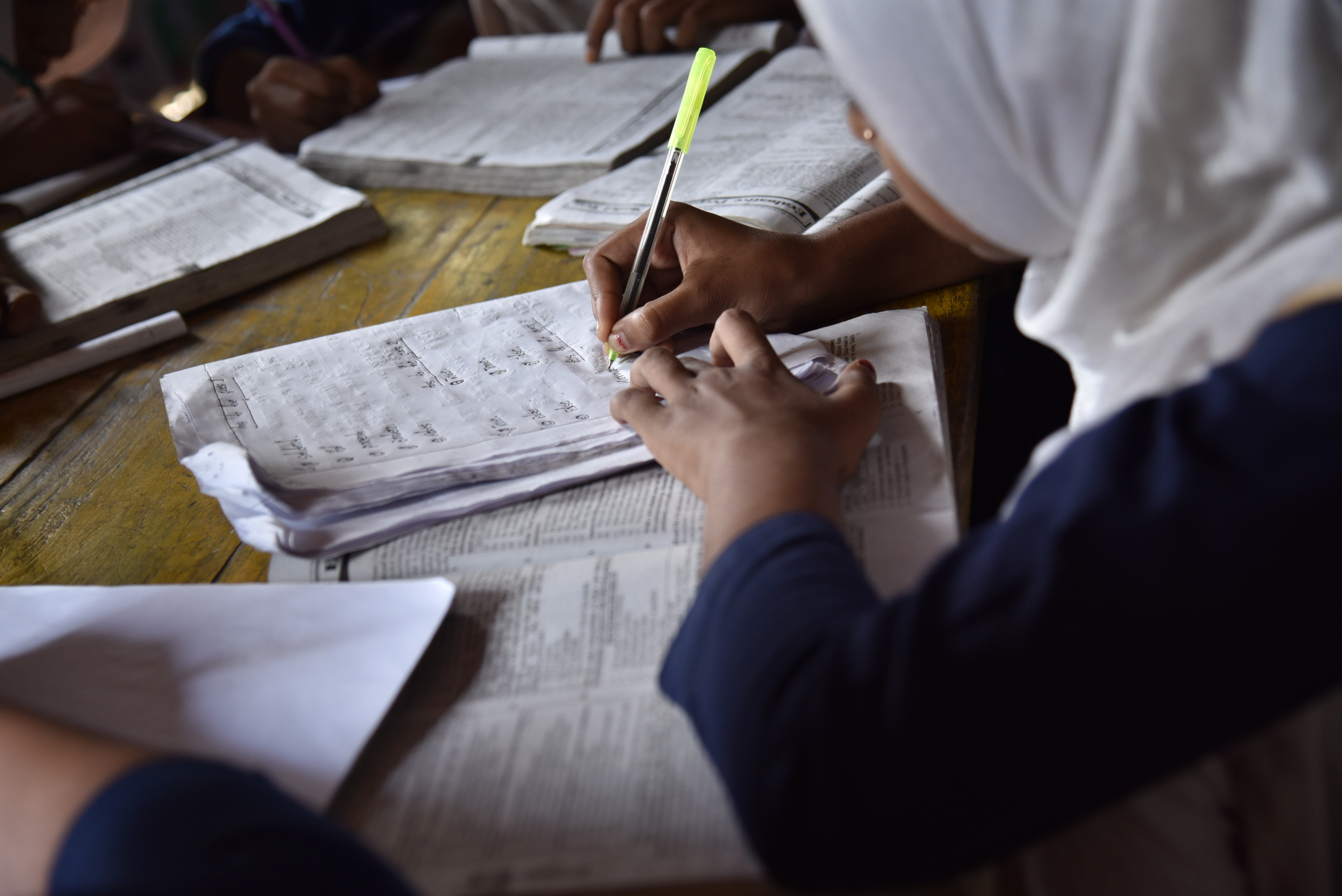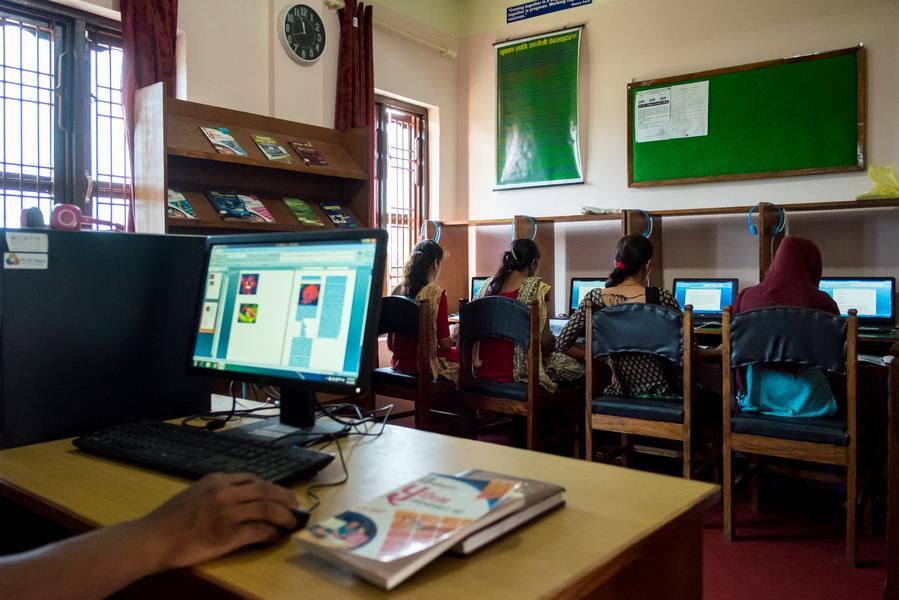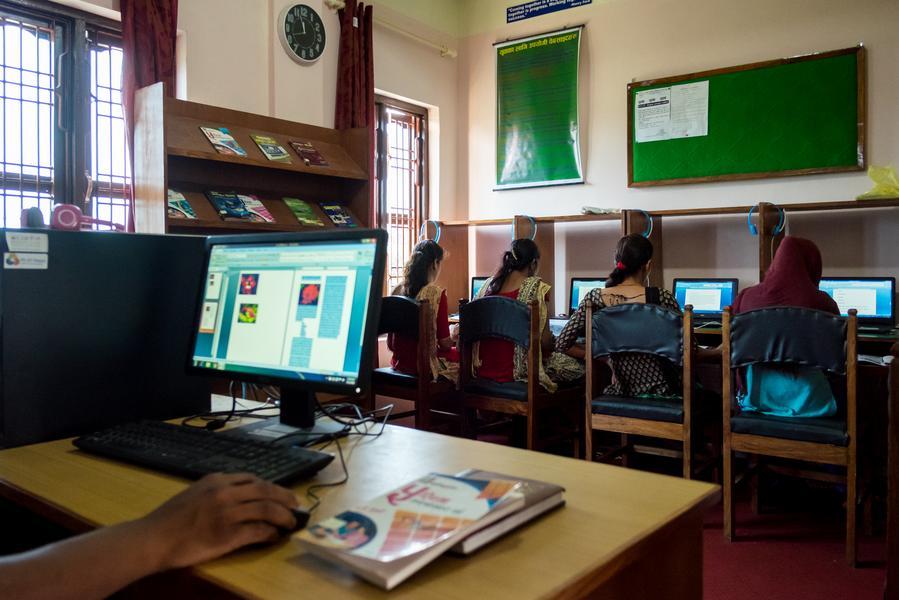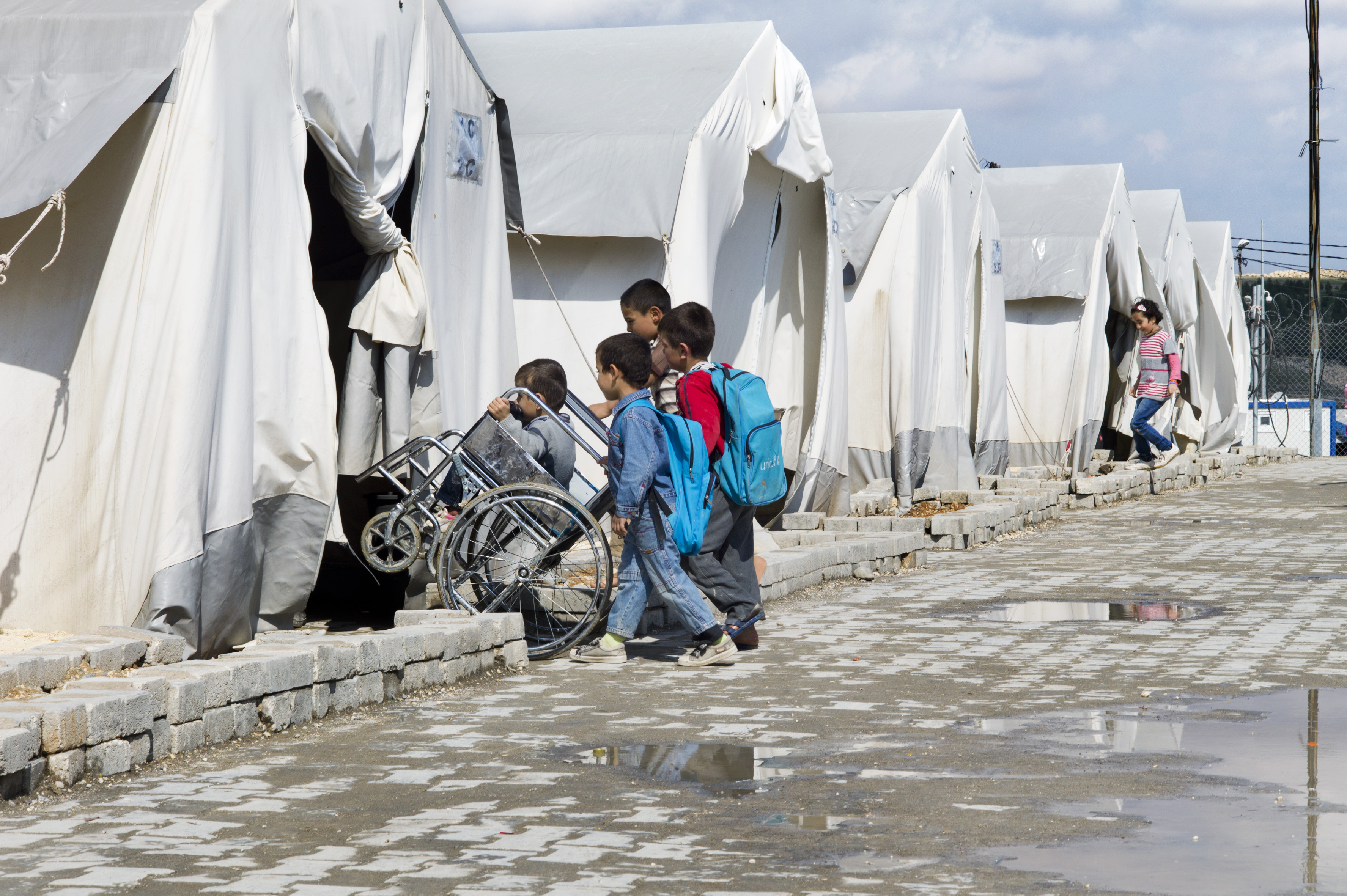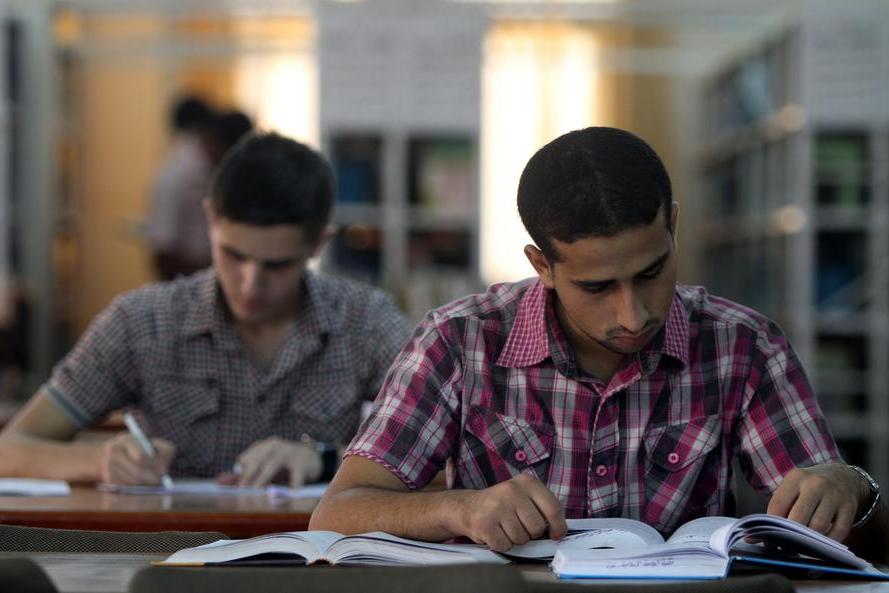Context
The conflict between Ukraine and Russia has caused significant disruptions to learning, particularly affecting online learning and training sessions due to frequent power outages and digital infrastructure damage. Many children lack access to essential learning devices, contributing to a digital divide. The war has also deepened psychosocial trauma among children, undermining their capacity to learn. Vulnerable groups, including displaced children, those with disabilities, those lacking access to devices, and learners in frontline or de-occupied areas (due to significant emigration), remain particularly affected. Inclusive Resource Centers (IRCs) are overwhelmed, while teacher training systems face constraints due to staffing shortages caused by the war and mobilization laws. The crisis has exacerbated the need to strengthen educational systems, including modernizing data management (EMIS) and improving teacher professional development (TPD) to address new challenges and support reforms.
Solution
The Ukraine Multiplier Accelerated Funding program is a $25.55 million Global Partnership for Education (GPE) Multiplier grant implemented by UNESCO (2023–2025), aimed at sustaining education amidst conflict. The program targets four key areas: expanding access to learning devices, integrating psychosocial support (MHPSS) and socioemotional learning (SEL) into the education system, strengthening teacher professional development (TPD), and modernizing the Education Management Information System (EMIS). Implementation is led by UNESCO in coordination with the Ministry of Education and Science of Ukraine (MESU), supported by partners such as UNICEF and the Better Regulation Delivery Office (BRDO). Distribution of Chromebooks prioritized children in de-occupied and frontline areas, targeting displaced and low-income students. Teacher training guided by a National Advisory Committee, while TPD working group members were selected through competitive interviews. Infrastructure needs were assessed via a survey of educational institutions. Dissemination efforts include a policy brief on TPD needs, an MHPSS study, and multi-format documentation of implementation activities. The program also leverages synergies with national initiatives such as the 'School Offline' campaign and TTI modernization, while navigating conflict-related constraints, including power outages, staffing shortages, and digital infrastructure challenges.
Impact
The program made substantial progress in improving education access, capacity, and systems amid conflict. 8,534 Chromebooks were distributed to vulnerable children in de-occupied and frontline regions, exceeding targets by over 25%. Psychosocial support and socioemotional learning were integrated into 244 institutions across two pilot regions, training 110 master trainers and preparing them to cascade training to an additional 7,500 teachers. Teacher professional development advanced through system diagnostics, policy recommendations, and the launch of the New Ukrainian School reform. The EMIS modernization process gained traction through stakeholder coordination, specification development, and integration planning.The long-term impact will depend on continued government support, resolution of procurement delays, and successful completion of legal reforms and EMIS deployment. While key outcomes have been achieved, future evaluations are needed to assess long-term impacts such as learning gains, teacher capacity retention, and system-wide digital integration. The program is expected to contribute to more resilient, inclusive, and reform-aligned education delivery across Ukraine.




